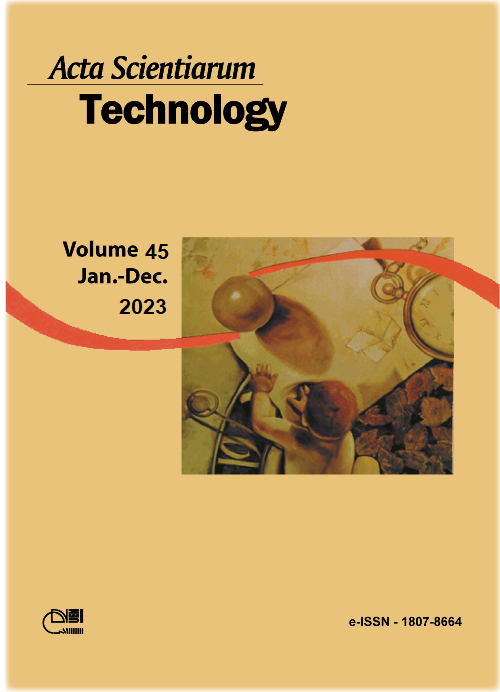Feasibility of the expectation-maximization algorithm for assessing individuals with different sensory perceptions in discrimination of specialty coffees
DOI:
https://doi.org/10.4025/actascitechnol.v45i1.60184Palavras-chave:
mixture of distributions; latent variable; bivariate normal; body; acidity.Resumo
The results of sensory evaluations of coffees are associated with latent factors, such as the particular subjectivity of each individual. Based on the foregoing, assessing the quality of a sensory panel for product discrimination basically depends on the statistical methodology to be used in data analysis. Following this argument, this study aimed to evaluate the feasibility of the EM - Expectation Maximization algorithm in discriminating groups of individuals, characterized by the degree of experience and knowledge in sensory analysis of coffees of different varieties, produced in the Serra da Mantiqueira micro-region, with different processing and altitudes. The main advantage of this algorithm is the fast convergence, when the current solution approaches the optimal solution with high precision. The disadvantage is because it is a deterministic optimization technique, which can only achieve a local optimization depending on the initialization, i.e., initial values input in the iterative procedure. It can be concluded that estimates of the correlation matrices obtained by the EM algorithm showed that the final grade has a greater influence of sweetness, in addition to discriminating groups of consumers with different sensory perceptions and in situations where the number of individuals in each group is unknown, the EM algorithm was accurate in estimating the proportion of individuals belonging to each group, assuming that the correlations of sensory responses follow a bivariate normal distribution.
Downloads
Referências
Downloads
Publicado
Como Citar
Edição
Seção
Licença
DECLARAÇíO DE ORIGINALIDADE E DIREITOS AUTORAIS
Declaro que o presente artigo é original, não tendo sido submetido í publicação em qualquer outro periódico nacional ou internacional, quer seja em parte ou em sua totalidade.
Os direitos autorais pertencem exclusivamente aos autores. Os direitos de licenciamento utilizados pelo periódico é a licença Creative Commons Attribution 4.0 (CC BY 4.0): são permitidos o compartilhamento (cópia e distribuição do material em qualqer meio ou formato) e adaptação (remix, transformação e criação de material a partir do conteúdo assim licenciado para quaisquer fins, inclusive comerciais.
Recomenda-se a leitura desse link para maiores informações sobre o tema: fornecimento de créditos e referências de forma correta, entre outros detalhes cruciais para uso adequado do material licenciado.



















